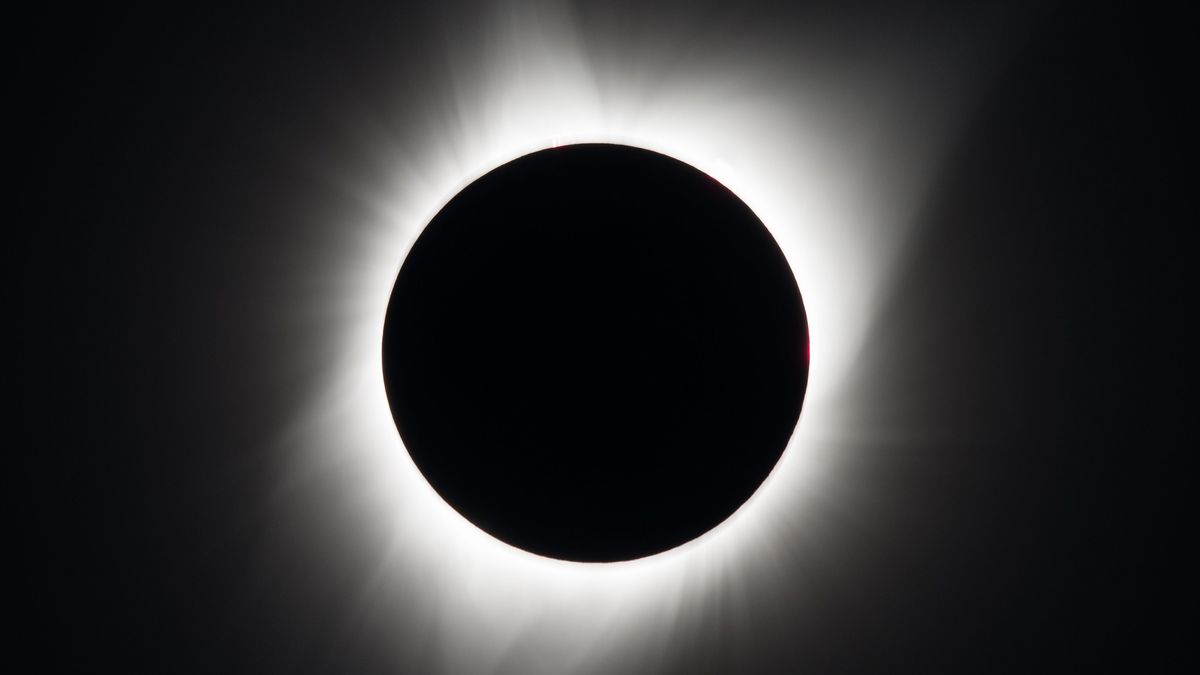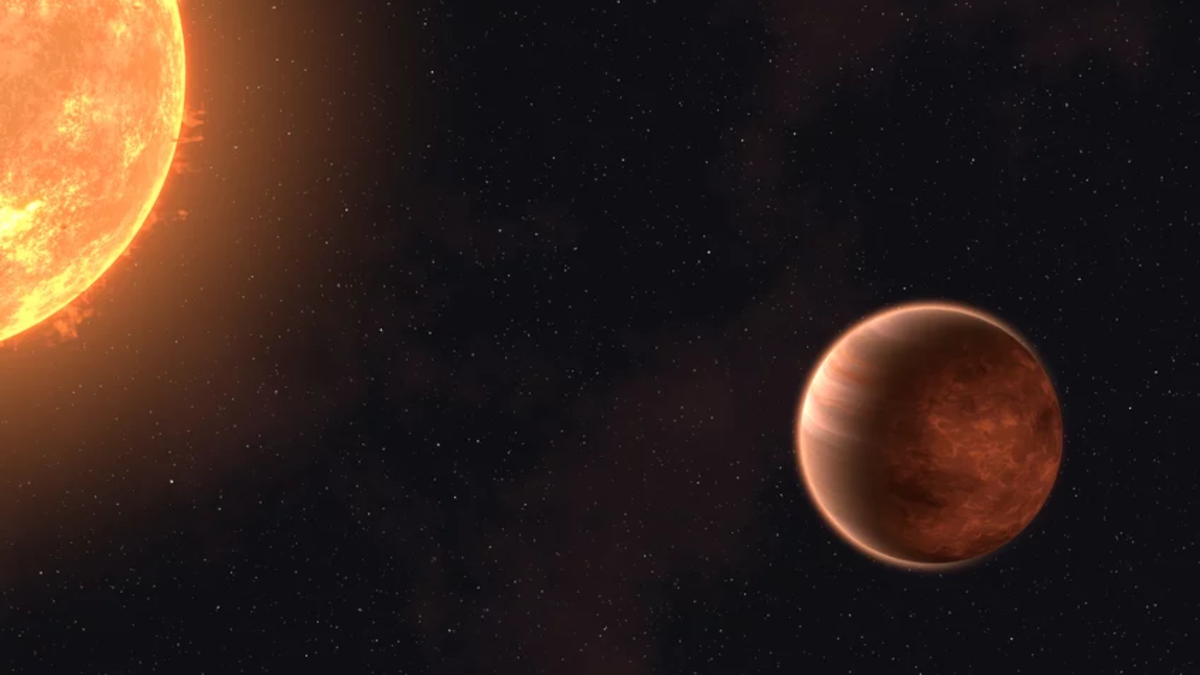A total solar eclipse is a rare celestial event scheduled to occur on April 8 at 2:21 p.m. EDT (1821 GMT). This phenomenon is accompanied by the arrival of the New Moon, where the moon aligns precisely between the Earth and the sun, resulting in the creation of a unique celestial display. Such events are not common occurrences, happening approximately every 18 months, but the specific path of the eclipse casts a narrow track that limits visibility to only select regions.
Path of the Eclipse:
The eclipse’s trajectory will travel from southwest to northeast, originating in the Pacific Ocean, then proceeding to make landfall in Mexico. The path extends through cities such as San Antonio, Texas; Carbondale, Illinois, which was also in the path of totality for the 2017 eclipse; followed by Cleveland, Ohio; Buffalo, New York; and concluding in the Maritime Provinces of Canada.
Visibility of Planets:
For those not within the eclipse’s path, there is the opportunity to witness other celestial phenomena. Starting on the night of April 8, observers in the mid-northern latitudes can view planets such as Jupiter, Mars, and Saturn at various times of the night. Jupiter will be visible in the western sky after sunset, while Mars and Saturn will be seen just before dawn, with each planet acquiring a distinct position that varies based on the observer’s location.
Planet Visibility in Different Locations:
- From New York City, Jupiter will set at 9:55 p.m. local time on April 8.
- In Miami, Mars rises at 5:08 a.m. EDT, followed by Saturn at 5:12 a.m.
- In Bogota, Colombia, Mars and Saturn rise earlier, providing a unique viewing experience.
Constellations:
In addition to planet sightings, various constellations will be visible during the month of April. Skywatchers in different regions can observe constellations such as the winter hexagon, Leo the Lion, the Big Dipper, Virgo, and others. Each constellation offers a distinctive pattern of stars and serves as a guide to navigating the night sky.
Spotting Constellations in Different Hemispheres:
- In the Northern Hemisphere, winter constellations will be prominent in the evening sky.
- In the Southern Hemisphere, the Southern Cross and other celestial formations will be visible, marking the transition to autumn.
Overall, the upcoming total solar eclipse and the accompanying planetary and celestial sightings provide a unique opportunity for sky enthusiasts and astronomers to delve into the wonders of the cosmos, appreciating the beauty and complexity of the universe.
Image/Photo credit: source url





